Currently, many global challenges are facing the agricultural sector, changing the situation, urbanization, consumption of natural resources and environmental problems such as the release of pesticides and various fertilizers. As a result, the agricultural sector and the use of nanoparticles in agriculture in developing countries are the basis of the national economy and can be very effective in their economic growth, especially growth in the agricultural sector.
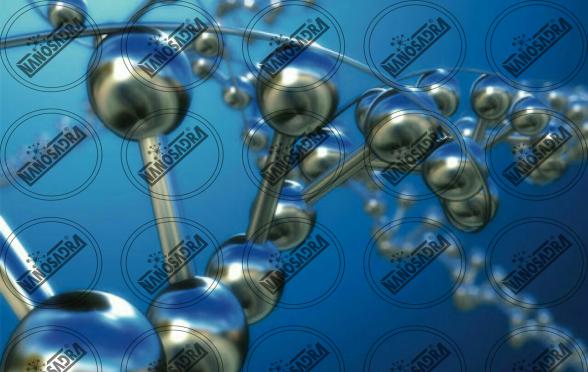
How can use of nanoparticles in agriculture?
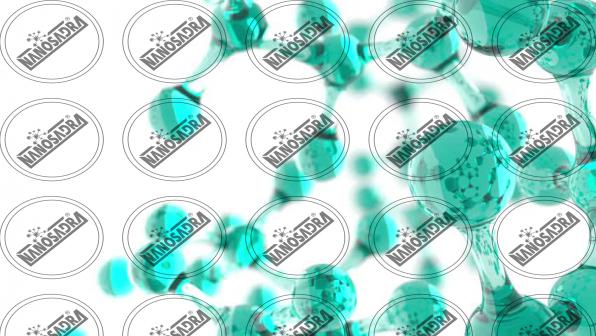 In recent decades, global markets for nanotechnology in the agricultural sector have grown significantly due to population growth and the consequent increase in demand for agriculture. A large part of the world’s population suffers from a lack of daily food due to environmental impacts, while in developed countries there is a surplus of food. Therefore, the development of drought-resistant crops and pests in the meantime seems necessary.
In recent decades, global markets for nanotechnology in the agricultural sector have grown significantly due to population growth and the consequent increase in demand for agriculture. A large part of the world’s population suffers from a lack of daily food due to environmental impacts, while in developed countries there is a surplus of food. Therefore, the development of drought-resistant crops and pests in the meantime seems necessary.
The agricultural sector and the production of raw materials in developing countries are the basis of the national economy. There are a number of major problems in these countries, such as poor soil fertility, lack of available agricultural land, dependence on raw materials, poverty and malnutrition. In previous decades, industrial development led to profound structural changes in the agricultural sector. For example, the transformation of small fields into specialized industrial production systems, the expansion of supply and demand geographically to the developing world, and the growing importance of global resources and marketing pose challenges to the agricultural sector. Therefore, sustainable production development should be promoted as much as possible so that food health increases, poverty decreases and public health improves.
Scientific and technical advances provide a potential solution for developing countries to innovate and upgrade their current production devices. Many new technologies are not only capable of increasing agricultural productivity but can also be used to reduce environmental costs and provide agricultural production resources.
Which is the best nanoparticles ?
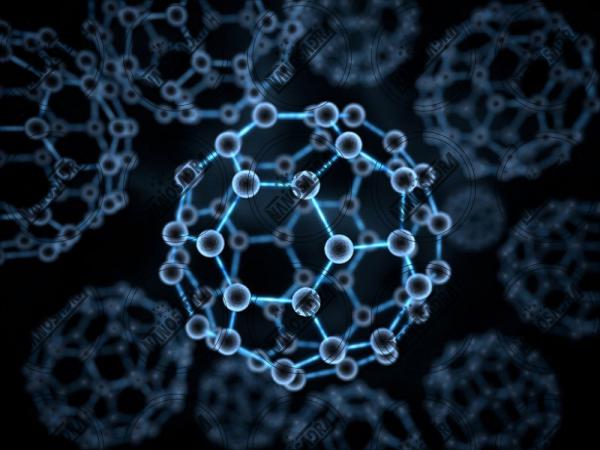 Silver nanoparticles can be considered one of the most widely used particles in medicine. Due to its antibacterial properties, these nanoparticles have many applications in the production of disinfectants. In recent years, green synthesis methods for the production of various nanoparticles have been considered by many researchers. In addition to reducing the environmental hazards of nanoparticles, these methods are calculated using natural and available raw materials, economical and feasible methods for the industrial production of nanoparticles.Silica nanoparticles or silicon dioxide are the most abundant nanopowder produced, accounting for more than 40% of the total global production of nanopowder. Silica has a three-dimensional grid with a diamond-like structure. Silica is white and has a relatively high melting point. It is chemically resistant to ambient temperature but deforms at high temperatures and pressures. Amorphous silica undergoes more changes than its crystalline forms. U-Nano brand is one of the brands producing silica nanoparticles. This American brand has a Best nanoparticles brand of various nanomaterials and is one of the Cheap nanoparticles in UK and the United States.
Silver nanoparticles can be considered one of the most widely used particles in medicine. Due to its antibacterial properties, these nanoparticles have many applications in the production of disinfectants. In recent years, green synthesis methods for the production of various nanoparticles have been considered by many researchers. In addition to reducing the environmental hazards of nanoparticles, these methods are calculated using natural and available raw materials, economical and feasible methods for the industrial production of nanoparticles.Silica nanoparticles or silicon dioxide are the most abundant nanopowder produced, accounting for more than 40% of the total global production of nanopowder. Silica has a three-dimensional grid with a diamond-like structure. Silica is white and has a relatively high melting point. It is chemically resistant to ambient temperature but deforms at high temperatures and pressures. Amorphous silica undergoes more changes than its crystalline forms. U-Nano brand is one of the brands producing silica nanoparticles. This American brand has a Best nanoparticles brand of various nanomaterials and is one of the Cheap nanoparticles in UK and the United States.
Which Factors Effect on nanoparticles Price?
 Different Type nanoparticles factory produce different types of nanoparticles and their prices may vary.
Different Type nanoparticles factory produce different types of nanoparticles and their prices may vary.
Depending on the method of production of nanoparticles, their price is different. There are different methods for producing nanoparticles. These methods are basically divided into two groups, each of which is described below:
Steam Density: The method of vapor density involves the evaporation of a solid metal and then its rapid condensation to form nanometer clusters that form a precipitating powder. The most important advantage of this method is low pollution. Finally, by changing the parameters such as temperature and gas environment and the amount of evaporation, the particle size is controlled. Vapor evaporation method on liquid liquids (VERL) and explosive wire method are among the methods of vapor condensation.
Chemical synthesis: The use of chemical synthesis involves the growth of nanoparticles in a liquid medium containing a variety of reactants. The cell gel method is an example of such a method. In chemical methods, the final final size can be controlled by stopping the process when obtaining the desired size or by selecting the chemicals that make up the stable particles and stopping the growth at a certain size. These methods are usually cheap and bulky, but chemical contamination can be a problem.

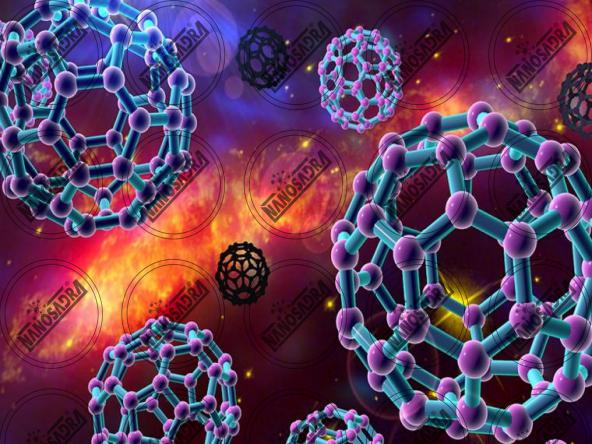
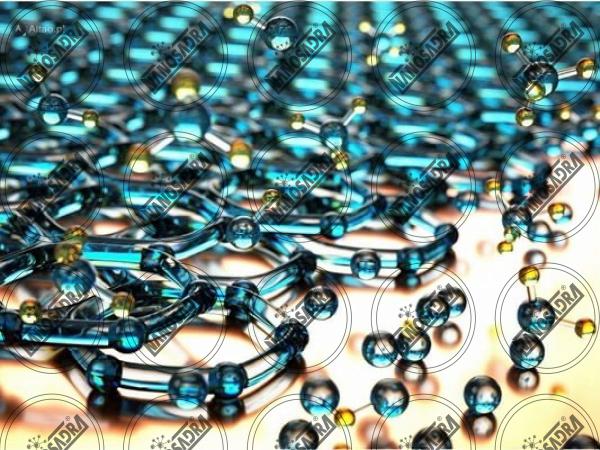
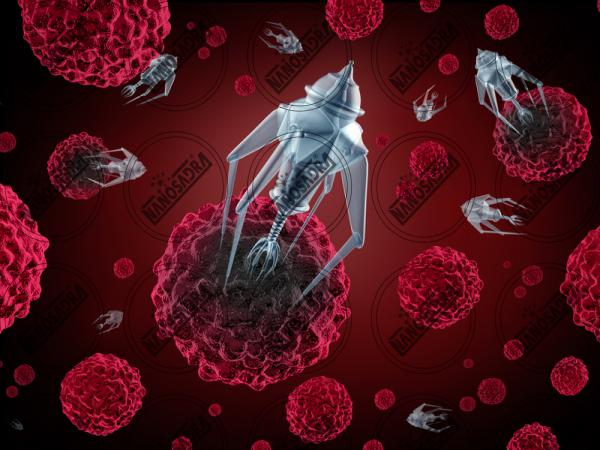

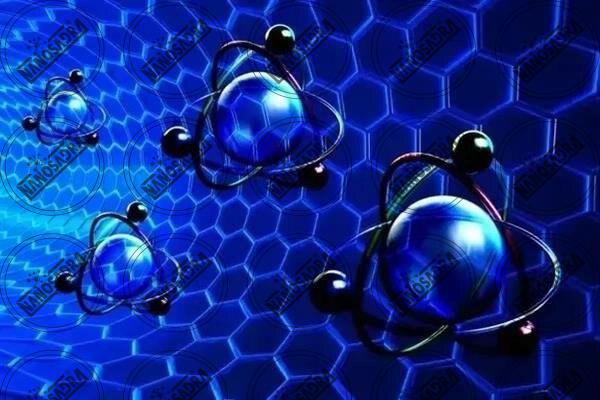




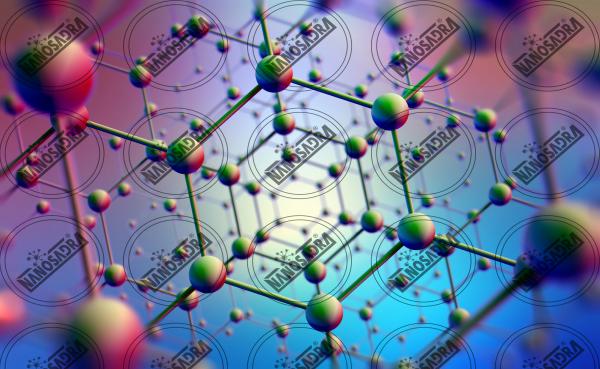
Your comment submitted.